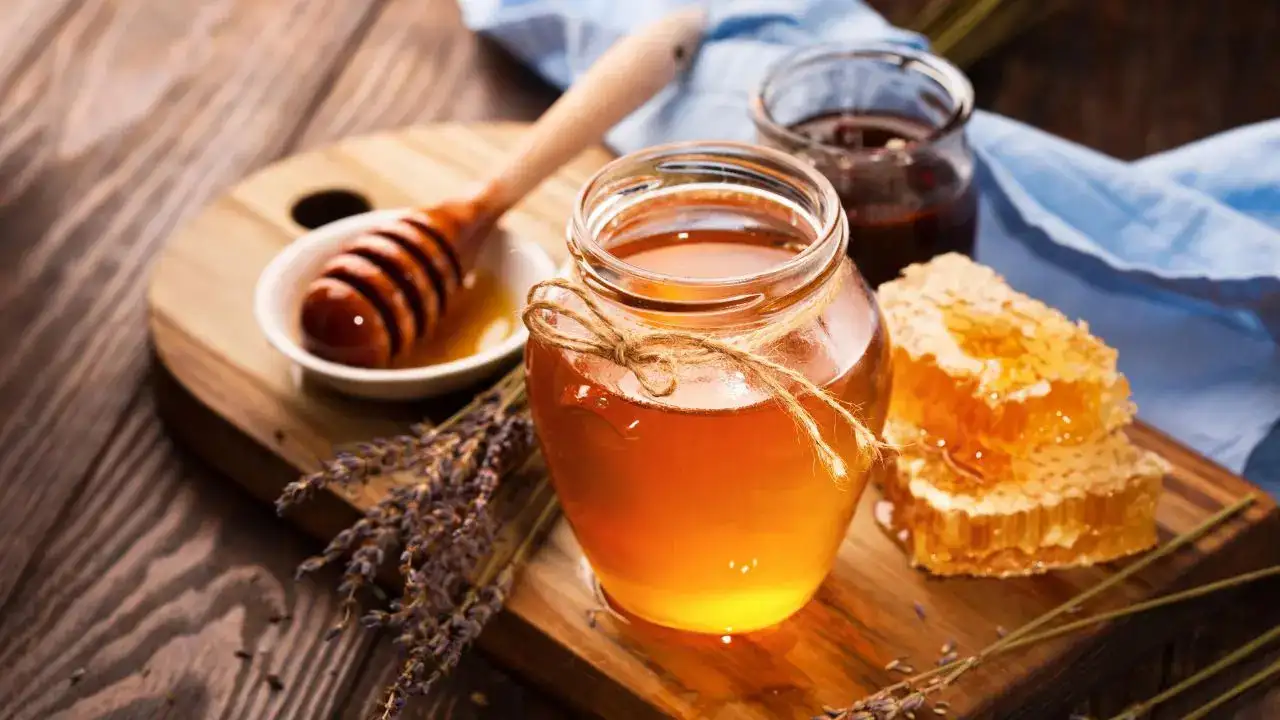Copyright timesnownews

Honey — that thick, golden liquid we lovingly drizzle over pancakes, toast, and lemon tea — has long been celebrated as nature’s sweet gift. From soothing sore throats to adding a healthy touch of sweetness to desserts, it’s a pantry essential in most homes. But here’s the sticky truth — not all honey is what it claims to be. Many commercial varieties are laced with sugar syrups, corn syrup, or even jaggery water to bulk up the quantity and mimic the texture of real honey. That means the “natural” bottle sitting in your kitchen might not be as wholesome as you think. Adulterated honey not only cheats your taste buds but also compromises your health. Consuming sugar-laden or impure honey can lead to digestive issues, spiked blood sugar levels, and loss of honey’s natural antioxidants and antibacterial properties. Thankfully, you don’t need fancy lab equipment to detect whether your honey is real or not. Here are four fool-proof, old-school methods to test your honey right at home — no scientist degree required. 1. The Water Test — Let It Sink or Swim Take a glass of clean water and add a teaspoon of your honey. Watch closely. If the honey settles quietly at the bottom, congratulations — it’s likely pure. But if it dissolves instantly or spreads through the water, that’s a red flag. Why it works: Pure honey is dense and thick; it resists mixing with water immediately. Adulterated honey, thinned with syrup or water, lacks that viscosity. Fun Fact: Ancient Egyptians stored jars of honey in tombs, and when archaeologists opened them thousands of years later, the honey was still perfectly edible — proof that pure honey never really spoils! 2. The Heat Test — The Real Caramel Drama Scoop a spoonful of honey into a microwave-safe bowl and heat it for about 30 seconds. If it turns a beautiful golden colour and gives off a rich, caramel-like aroma, you’ve got the good stuff. But if it froths, bubbles excessively, or starts to burn, it may contain extra moisture, sugar syrup, or other additives. Why it works: Pure honey thickens and caramelises when heated, while adulterated honey, which contains more water or added sugar, behaves unpredictably — often fizzing or charring. Tip: You can also try dipping a matchstick into honey and lighting it. If it ignites easily, the honey is likely pure; if it doesn’t, water or impurities may be present. 3. The Texture Test — Crystals Don’t Lie Have you ever opened a jar of honey after a few months and found it crystallised or grainy? Don’t panic. That’s actually a good sign! Crystallisation is a natural process caused by glucose oxidase — an enzyme that draws moisture out of the honey. Pure honey tends to crystallise over time, especially in cooler climates. If your honey stays in a smooth, syrupy state for months (or even years), chances are it’s been adulterated with glucose or sugar syrup to prevent natural crystallisation. Fun Fact: Honey is one of the few foods that never expires. Archaeologists have found pots of honey dating back over 3,000 years that were still edible — talk about eternal sweetness! 4. The Foam Test — The Vinegar Verdict This one’s quick and clever. Mix a spoonful of honey with a few drops of vinegar. If you see foam forming, that’s your cue — it’s likely not pure. Real honey, which is naturally acidic, stays calm and doesn’t react. Why it works: Pure honey has a low pH and minimal moisture content. But when it’s mixed with sugar syrups or water, the pH balance shifts, leading to a foamy or fizzy reaction when vinegar is added. Tip: If your honey has a chemical-like aftertaste, a strange froth on top, or a watery texture, it’s time to switch brands or go local — many small-scale apiaries produce raw, unprocessed honey that’s closer to the real deal. Sweet Truth: Trust Your Senses While these tests are easy home experiments, your senses often tell the real story. Pure honey feels dense, smells floral, and tastes complex — not just sugary. The next time you’re shopping for honey, look for labels that mention “raw,” “unprocessed,” or “unfiltered.” Brands that work directly with local beekeepers often offer purer options than mass-produced commercial ones. Credit: Information derived from food safety experts and traditional honey purity tests used by local beekeepers across India. Nature doesn’t need additives. Pure honey is thick, aromatic, and naturally rich in enzymes and antioxidants. So, before you stir that spoonful into your tea or spread it on toast, give it a quick test. After all, when it comes to something as golden as honey, authenticity is everything.



